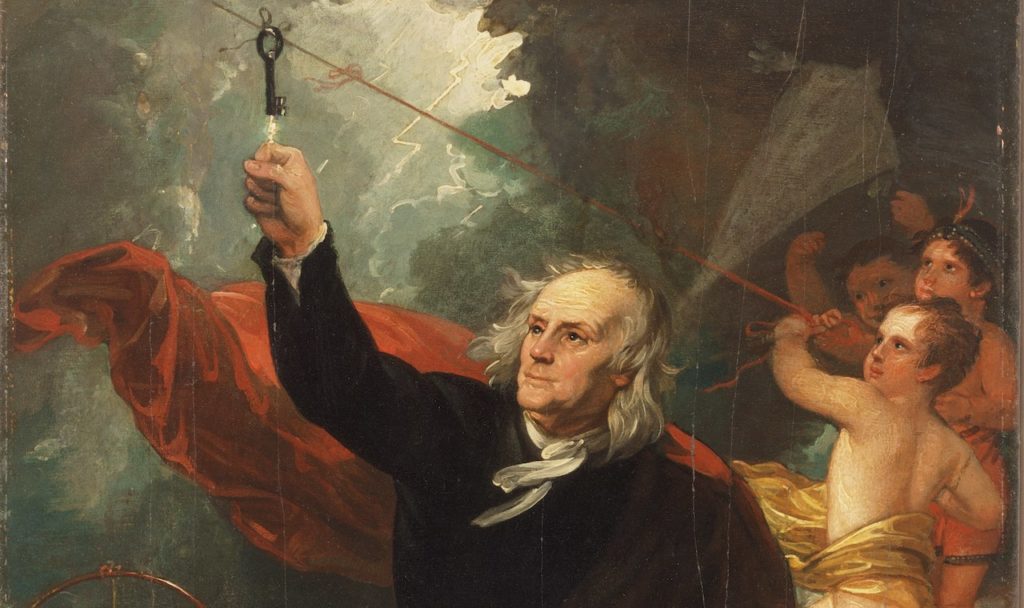

Andrew on Your Car Is A Privacy Nightmare On Wheels.Jonathan Bennett on 3D Printing A Sock Knitting Machine.This Week In Security: LastPass Shoe Drops, Keys Lost, And Train Whistles Attack 8 Comments Posted in Misc Hacks Tagged atmosphere, charge, corona motor, discharge, drone, electroscope, Franklin bell, spark, STATIC Post navigation

makes a guest appearance in the video below to explain the physics of the setup curiously, he actually managed to get away without any injuries this time. Version 1 didn’t have enough oomph to do much but deliver a small static shock, but a larger electrode was able to deflect the leaves of an electroscope, power a beer can version of a Franklin bell, and also run a homemade corona motor. went old-school for a detector, using a homemade electroscope to show what kind of static charge was accumulating on the electrode. Some big nails were driven into the soil to complete the circuit between the drone and the ground. A collecting electrode made of metal mesh was connected to the wire and suspended below the drone. His experimental setup was pretty simple: a DJI Mini2 drone with enough payload capacity to haul a length of fine-gauge magnet wire up to around 100 meters above ground level. Granted, didn’t fly his electricity-harvesting drone during a thunderstorm, but he did manage to reach some of the same conclusions that did about the nature of atmospheric electricity. He boasts of his long-lasting discovery of the electric bulb.Finally, someone decided to answer the question that nobody was asking: what if had had a drone rather than a kite? # Thomas Edison made a major contribution to the harnessing of electricity. The unit of potential difference has been named as ‘volt’ in his honor. The difference of electric potentials between them could lead to the flow of a current between them. # Volta discovered that chemical reactions could be used to create cathodes and anodes. # Girolamo Cardano from Italy, perhaps for the first time distinguished between electrical and magnetic forces through his writings. Galvani demonstrated the twitching of frog muscles by jerking them with a spark from an electrostatic machine. # Back in 1786, Luigi Galvani established what we now recognize as the electrical basis of nerve impulses. This laid the foundation of quantitative study of electricity. # Coulomb mathematically articulated the attraction between electrified bodies. Henry Cavendish, in 1747, started measuring the conductivity of various materials and published his results. # The concept of conductivity relates to the ability of a substance to carry electric current. Benjamin Franklin is credited with the discovery of electricity through his well-known experiment of flying a kite during a thunderstorm. Here we give you some of the most notable names in the history of how electricity was harnessed. It required great effort to bring this energy in everyday use. Lightning is the purest and most basic form of electricity. The discovery of electricity was rather a chain of inventions that led to the modern-day use of electric power. There’s no one-word answer to ‘who invented electricity?’. Let’s now see what it took to organize lightning into modern-day electricity and who all contributed to its discovery. We are using electricity literally every moment! If you look around at any given time, you will find at least one appliance that’s using electricity! George Carlin says, “Electricity is just organized lightning”. It will not be wrong to describe electricity as being ubiquitous! Think of any of the everyday appliances.


 0 kommentar(er)
0 kommentar(er)
